News
News
An antimatter beam open for booking
Need an antiproton beam? TELMAX, the new test beamline at CERN's antimatter factory, is now open for booking
CERN sets new environmental objectives for 2030
To mark World Environment Day on 5 June, CERN has released its new environmental objectives for 2030, which emphasise its ongoing commitment to environmentally responsible and sustainable research
ALICE eyes the cosmos
New data from the ALICE experiment, collected when no particle beams were circulating in the LHC during pauses in Run 2, may contribute to solving a puzzle surrounding cosmic muons
CERN and ESA: a decade of innovation
As ESA celebrates its 50th anniversary, discover seven ways Europe’s space agency and CERN have been working together to further fundamental exploration and innovation in space technologies
CERN expands its collaboration on the Einstein Telescope
CERN and the Einstein Telescope collaboration have signed a new collaboration agreement in the field of engineering and safety to advance Europe’s next-generation gravitational-wave observatory
AI enhances Higgs boson’s charm
The CMS collaboration presents a new search for the decay of a Higgs boson into charm quarks, bringing physicists closer to unravelling how this unique particle endows matter with mass
Chile to become an Associate Member State of CERN
On 16 May 2025, CERN Director-General Fabiola Gianotti and Minister of Science, Technology, Knowledge and Innovation of Chile, Aisén Etcheverry signed an agreement admitting Chile as an Associate Member State of CERN
How imagining life on exoplanets sparks real-world solutions
The IdeaSquare Planet programme inspires students to tackle global challenges through creativity and collaboration
Ireland to become an Associate Member State of CERN
On 8 May 2025, CERN Director-General Fabiola Gianotti and Irish Minister for Further and Higher Education, Research, Innovation and Science James Lawless signed an agreement admitting Ireland as an Associate Member State of CERN
ALICE detects the conversion of lead into gold at the LHC
Near-miss collisions between high-energy lead nuclei at the LHC generate intense electromagnetic fields that can knock out protons and transform lead into fleeting quantities of gold nuclei
